This article is part of Carrier Management’s series on the Future of Insurance.
Arun Balakrishnan, CEO, Xceedance, believes more personalized risk assessment is possible in the future with IoT data sources informing decisions and underwriters transforming institutional knowledge to machines.
 Arun Balakrishnan, CEO, Xceedance
Arun Balakrishnan, CEO, XceedanceQ: What major changes do you see on the horizon for the property/casualty insurance industry in the next 10 years? What will insurance companies, insurance leaders, the industry and its workforce look like in the next decade? What risks will they insure?
Balakrishnan (Xceedance): Looking ahead, it’s a new day for both insurance organizations and policyholders. The insurance industry increasingly realizes that traditional business operations, as well as channel, product and service offerings, must all concentrate on customer-centricity. This realization is driven by an appreciation that modern policyholders are much more than an attribute of policies. So, a refined and disciplined focus on policyholder needs will open doors to new insights, processes and partnerships for higher service standards and productivity across the insurance value chain.
In the spirit of InsurTech innovation and competitive differentiation, there is also interest by insurance organizations to partner with experienced, industry-focused managed services providers—predominantly to ease operational pressures and the mounting costs of product and service delivery to a much more sophisticated insured client base.
In a snapshot view of the future reinsurance market, there will likely be a recurring need for “burst resource capacity” at critical renewal periods, especially where reinsurers rely heavily on expert cat modeling and portfolio analysis. Resource optimization is often best accomplished by temporarily deploying a team of well-trained cat analysts and modelers supplied by a service partner. And, if the services partner can build on-demand, accountable teams for data cleansing, model runs and key exposure management tasks, reinsurers can create highly responsive decisioning visibility and service value for their clients. In part, that’s because machine-learning automation can streamline the complexities of model management, creating greater process efficiencies and data-driven precision for reinsurance risk assessment.
Reinsurers are also realizing the value of distributed ledger technology (DLT), or blockchain, in supporting syndicated, layered risk placements, such as excess business, facultative and nonproportional treaty reinsurance.
Such paradigm shifts essentially herald the emergence of a completely new kind of insurance organization, or at least a significant transformation in the way traditional insurance organizations do business.
Read more Future Insights by person
 Mike Albert, Co-Founder, Ask Kodiak
Mike Albert, Co-Founder, Ask Kodiak Tim Attia, CEO and Co-Founder, Slice Labs, Inc.
Tim Attia, CEO and Co-Founder, Slice Labs, Inc.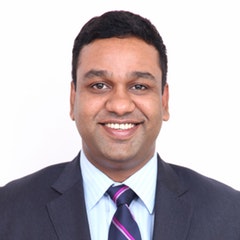 Arun Balakrishnan, CEO, Xceedance
Arun Balakrishnan, CEO, Xceedance Ilya Bodner, CEO, Bold Penguin
Ilya Bodner, CEO, Bold Penguin Bobby Bowden, Executive Vice President, Chief Distribution and Marketing Officer, Allied World
Bobby Bowden, Executive Vice President, Chief Distribution and Marketing Officer, Allied World Andy Breen, Senior Vice President, Digital, Argo Group
Andy Breen, Senior Vice President, Digital, Argo Group Adam Cassady, CEO, Tyche Risk
Adam Cassady, CEO, Tyche Risk Chris Cheatham, CEO, RiskGenius
Chris Cheatham, CEO, RiskGenius Trent Cooksley, Head of Open Innovation, Markel Corporation
Trent Cooksley, Head of Open Innovation, Markel Corporation Mike Foley, CEO, Zurich North America
Mike Foley, CEO, Zurich North America Guy Goldstein, Co-Founder and CEO, Next Insurance
Guy Goldstein, Co-Founder and CEO, Next Insurance Mike Greene, CEO & Co-Founder, Hi Marley
Mike Greene, CEO & Co-Founder, Hi Marley Brian Hemesath, Managing Director, Global Insurance Accelerator
Brian Hemesath, Managing Director, Global Insurance Accelerator Russell Johnston, CEO, QBE North America
Russell Johnston, CEO, QBE North America Dr. Henna Karna, Managing Director and Chief Data Officer, XL Catlin
Dr. Henna Karna, Managing Director and Chief Data Officer, XL Catlin Tony Kuczinski, President and CEO of Munich Re, US
Tony Kuczinski, President and CEO of Munich Re, US Rashmi Melgiri, Co-Founder, CoverWallet
Rashmi Melgiri, Co-Founder, CoverWallet David W. Miles, Co-Founder and Managing Partner, ManchesterStory Group
David W. Miles, Co-Founder and Managing Partner, ManchesterStory Group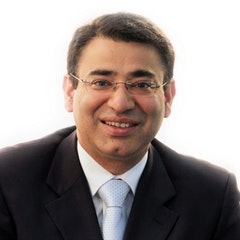 Pranav Pasricha, CEO, Intellect SEEC
Pranav Pasricha, CEO, Intellect SEEC Mike Pritula, President, RMS
Mike Pritula, President, RMS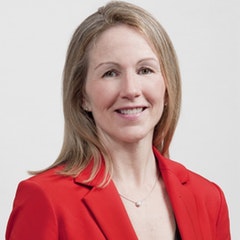 Kathleen Reardon, CEO, Hamilton Re
Kathleen Reardon, CEO, Hamilton Re Jeff Richardson, Senior Vice President, OneBeacon Insurance Group
Jeff Richardson, Senior Vice President, OneBeacon Insurance Group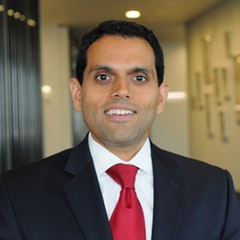 Vikram Sidhu, Partner, Clyde & Co
Vikram Sidhu, Partner, Clyde & Co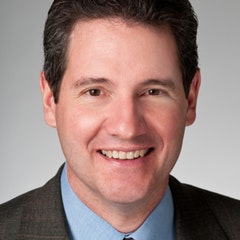 Christopher Swift, CEO, The Hartford
Christopher Swift, CEO, The Hartford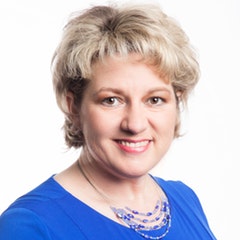 Rebecca Wheeling Purcell, Schedule It
Rebecca Wheeling Purcell, Schedule It Keith Wolfe, President US P/C—Regional and National, Swiss Re
Keith Wolfe, President US P/C—Regional and National, Swiss Re

Get the responses of all 26 leaders neatly packaged in single PDF download. More than 43 pages of content.





















 NWS Preliminary Estimate for 2024: More Than 5,300 Hail Events, 1,855 Tornadoes
NWS Preliminary Estimate for 2024: More Than 5,300 Hail Events, 1,855 Tornadoes  E&S Market Sees 21% Compound Growth Within Past 5 Years: Conning
E&S Market Sees 21% Compound Growth Within Past 5 Years: Conning  More Arrests Made in $8M Auto Theft Ring Bust
More Arrests Made in $8M Auto Theft Ring Bust  Surviving the ‘Silver Tsunami’: Closing the Talent, Skills Gap in Underwriting
Surviving the ‘Silver Tsunami’: Closing the Talent, Skills Gap in Underwriting 




